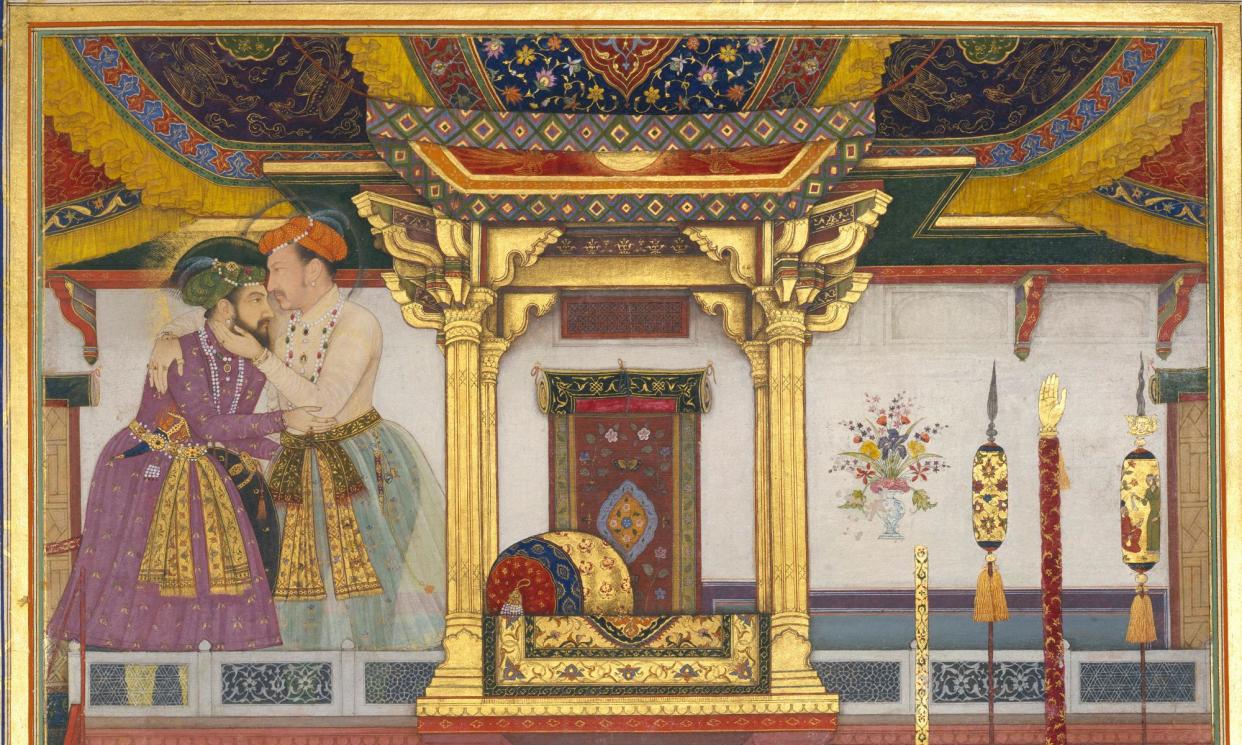The Guardian view on south Asian art: beautiful miniatures deserve giant audiences

Towards the end of last year, Rishi Sunak went to a small amount of trouble to get a large degree of attention. The prime minister blew off a meeting with his counterpart who was over from Athens, because the Greek leader was publicly demanding the return of the Parthenon marbles. Rather than discuss that issue face to face, Mr Sunak indulged in a diplomat’s version of cancel culture – and much of the press rallied right behind him.
This is where the public debate over art that the British took (other verbs are available) from other countries remains stuck – in a language and tone that displays the red-faced defiance of an angry toddler. Whether it’s Greek statues or bronzes from the old kingdom of Benin (in today’s Nigeria), the response is: it’s not yours, it’s ours. Sticking out one’s tongue may be momentarily satisfying, but it rather gets in the way of a conversation. A country that within living memory ran an empire on which the sun never set has to have a more open and nuanced discussion of how it thinks about, and accounts for, the artefacts it amassed along the way.
Into that debate enters an exhibition of south Asian painting, currently at the MK Gallery in Milton Keynes and soon to move to the Box in Plymouth. Beyond the Page begins in the 1600s with a series of exquisite pictures showing a Mughal court preparing for battle and in the midst of a wedding. Each is done in the distinctive style of Indian miniatures, depicting multiple scenes within one flat plane, with intricate details that draw the viewer into the frame. These are leaves from the Padshahnamah (the Book of Emperors), commissioned by the emperor Shah Jahan, who is today most famous for building the Taj Mahal. The labels next to these miniatures of royal life point out that they are now held by a royal from another country, King Charles III. The Padshahnamah is not imperial loot, but it was given to the royal family at the end of the 1850s, at just the point when the British were taking ultimate control of India.
Just how many miniatures are in the UK today no one knows for sure. The show’s catalogue guesses there may be as many as 100,000 between big museums and countless private collections. That is an entire art tradition of global importance slumbering in London storerooms and country houses – and almost inaccessible to art lovers and art students in the countries where they were made. As Hammad Nasar, the exhibition’s co-curator, says: imagine 20,000 Turners were scattered around Delhi or Lahore, and off-limits to visitors to the Tate. What would that mean for art traditions in the UK? How would it influence culture in India and Pakistan?
In this way, the exhibition goes beyond binary questions about who should own what and asks instead: who gets to see what? It pays particular attention to Zahoor ul Akhlaq and Gulammohamed Sheikh, who both came to study art in London, discovered the V&A’s trove of miniatures and returned to the subcontinent to inspire generations with what they had learned abroad about their own country’s art history. Whether Mughal art would get such a warm reception in the India of Narendra Modi is a piquant question, but in the age of digital exhibition, these south Asian paintings should be shared more widely. Today, Milton Keynes; tomorrow, the world.

 Yahoo News
Yahoo News 
